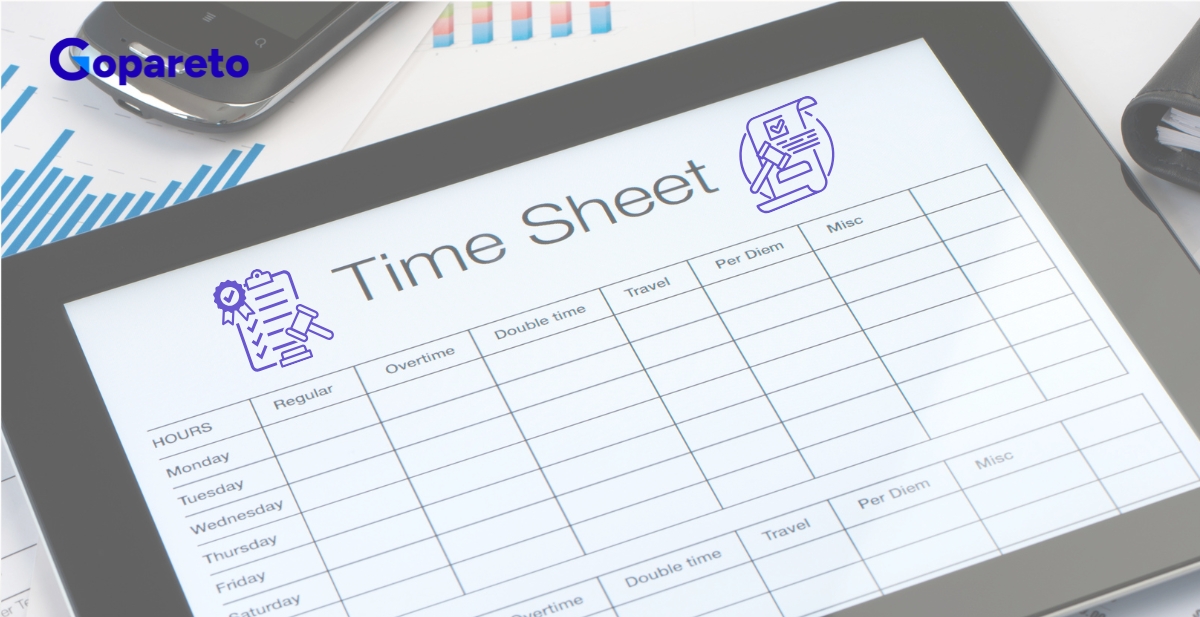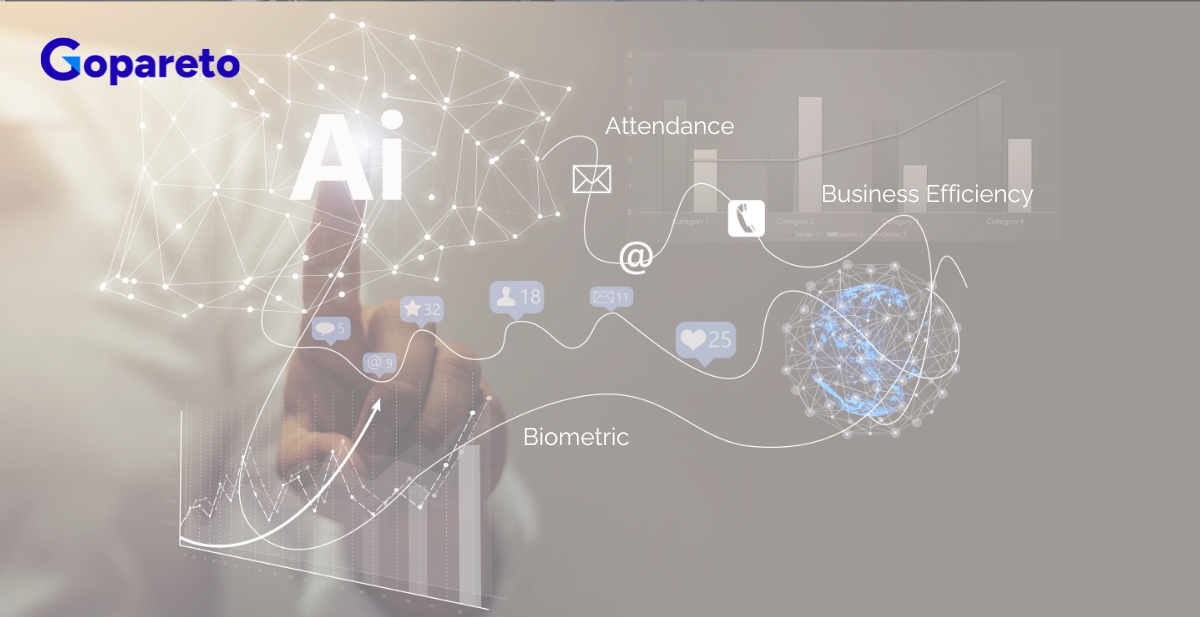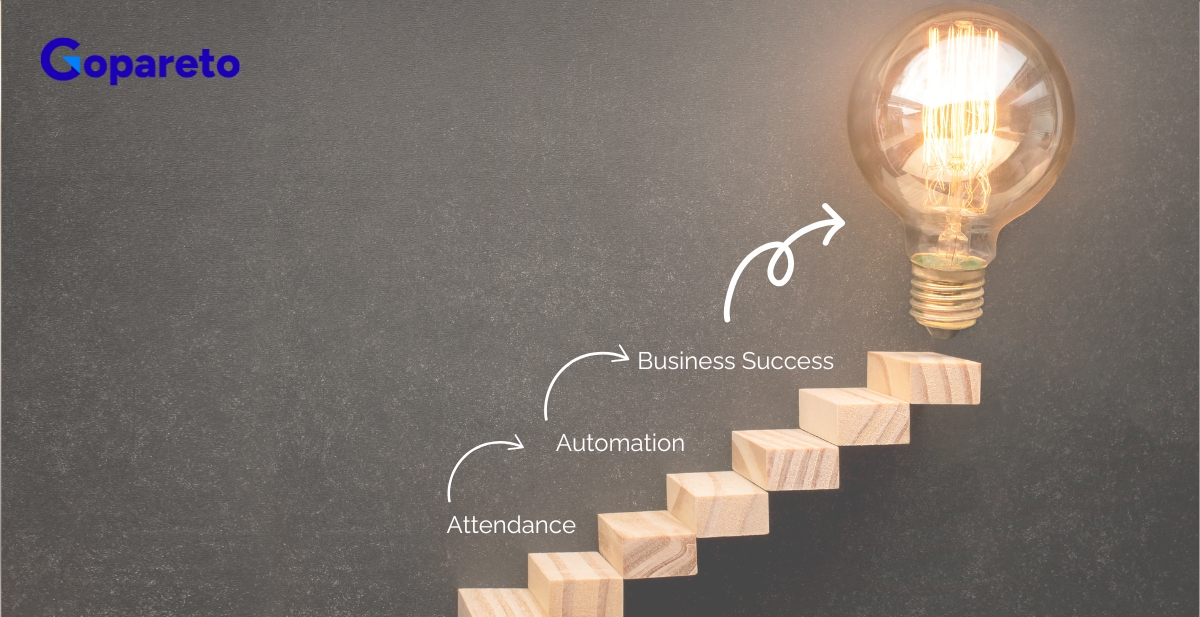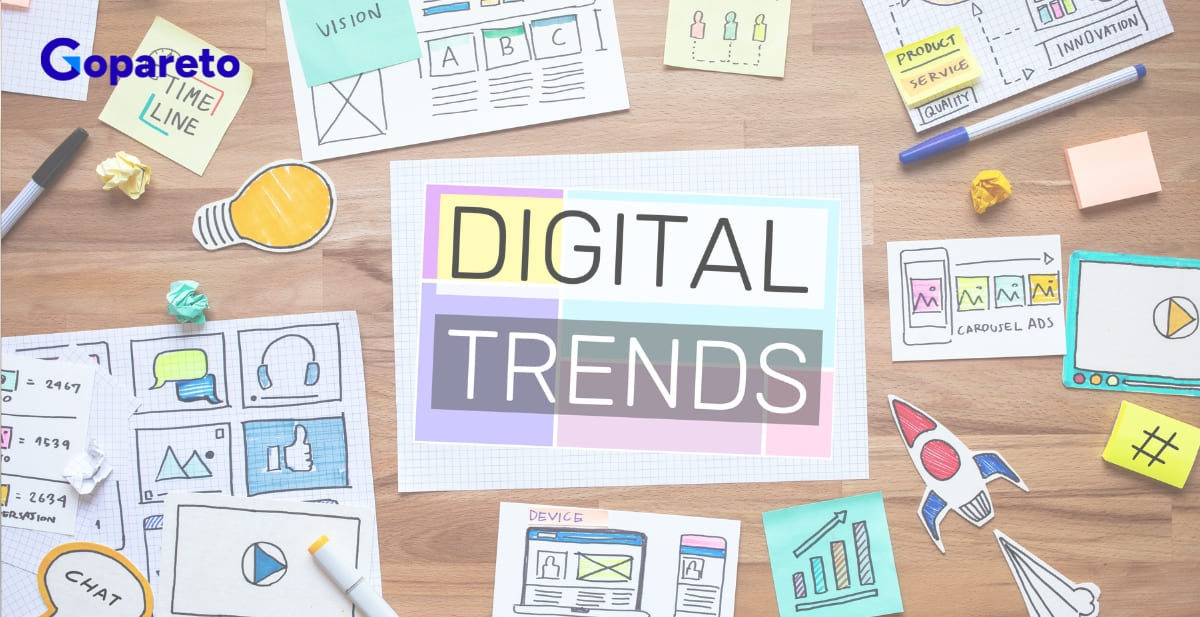The Role of Attendance Tracking in Building Trust with Remote Employees
October 10, 2023 | By Gopareto Marketing

Introduction
Trust is essential to any successful business. An atmosphere of openness and security is established for all parties when workers and employers have mutual trust. But what happens if you lose your standard trust indicators?
Establishing trust isn't easy in the age of remote work. Without physical cues, "water cooler" meetings, or the ability to physically assess productivity, it can be difficult. A remote business, however, cannot survive without trust.
The Role of Time and Attendance Tracking
Tracking time and attendance entails keeping track of when workers begin and finish their workdays as well as documenting overtime, breaks, and vacation time.
Traditional punch clocks and advanced digital and online solutions that interface with payment and HR systems are just two examples of time and attendance tracking tools. In order to help organizations understand how each employee is spending their work hours, digital systems can also break down time tracking by projects or tasks.
What Is Remote Employee Time Tracking
The methodical process of tracking, documenting, and managing the hours and tasks performed by workers who are not in a traditional office setting is known as remote workforce time and attendance tracking. This procedure goes beyond simply recording hours; it is an essential tool for companies to assess performance, determine productivity, and guarantee the best possible use of their resources.
Technology breakthroughs and changing workplace cultures have sped up the evolution of remote work, which has completely changed how we track time. The traditional 9–5 constraints have dissipated as more businesses adopt remote work, creating a workforce that is more adaptable and location-independent. However, tracking and managing the time of scattered employees has become extremely difficult as a result of this change.
The importance of trust
Without getting into too much detail, trust is obviously an essential component of any successful business owner's puzzle. Some would contend that because it is more challenging to achieve, it is even more crucial for remote workers. Strong, trustworthy relationships between the CEO, managers, and staff alone result in the following benefits:
- Increase employee satisfaction
- Boost productivity
- Develop accountability and dependability for one's workload
- Reduce turnover
- Improve work quality
- Create office dynamics that advance the business.
Strategies to build trust of Remote Workforce
Employers can use these tactics to establish a remote work environment where staff members feel appreciated, acknowledged, and involved, which will
- Boost Trust
- Employee Engagement
- Productivity
- Lower Attrition Rates.
Related Blogs





